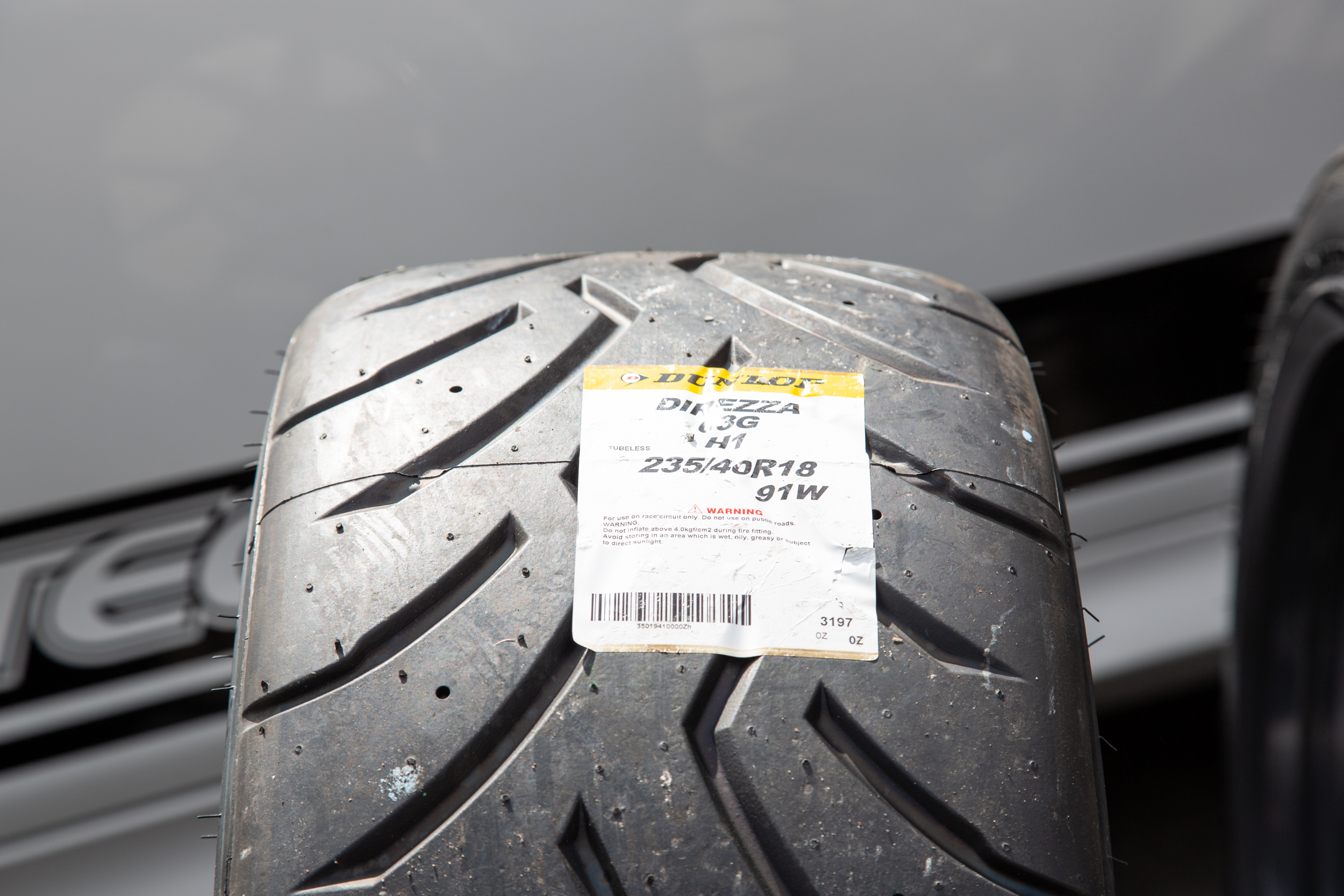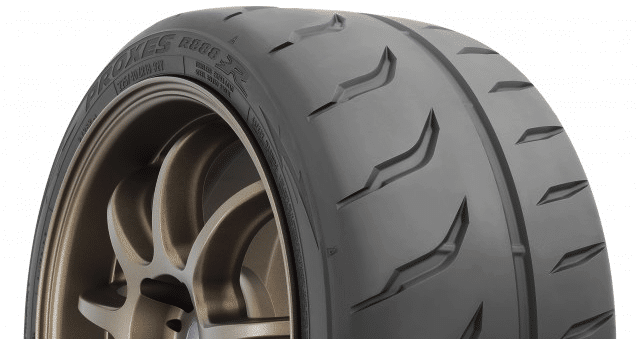All Categories
Featured
Table of Contents
The Michelin offered a comfy driving experience, characterised by responsive guiding and a modern understeer equilibrium. In spite of the cooler screening problems, Michelin's regular time and hold over three laps shows its suitability for real-world applications.
The tyre's very first lap was a second slower than the 2nd, directing to a temperature-related grip boost. For everyday use, the Michelin could be a more secure bet.
Tyre Inspections Near Me (Bayswater WA)
It shared Michelin's safe understeer balance however did not have the latter's determination to transform. Continental and Goodyear's efficiencies were notable, with Continental's new PremiumContact 7 revealing a substantial improvement in damp problems contrasted to its precursor, the PC6. This design was far less sensitive to fill changes and behaved just like the Michelin, albeit with slightly less interaction at the limitation.
It combined the risk-free understeer balance of the Michelin and Continental with some flashy handling, showing both predictable and fast. As an all-rounder for this Golf GTI, Goodyear's Asymmetric variety was the standout, demonstrating impressive efficiency in the damp. Ultimately, the Bridgestone Potenza Sporting activity took the crown as the fastest tire, albeit by a tiny margin.
This tyre got grippier as it heated up, similar to the Yokohama. Chauffeurs seeking an interesting damp drive may find this tyre worth thinking about. The standout entertainer in damp stopping was the newest tyre on examination, the PremiumContact 7, though the outcomes are nuanced. We performed damp braking examinations in 3 different methods, twice at the new state and once at the used state.
Trusted Tyre Packages Near Me
Ideally, we desired the cold temperature level test to be at around 5-7C, yet logistical hold-ups meant we checked with an average air temperature level of 8C and water at 12C. While this was cooler than common examination conditions, it was still warmer than real-world conditions. The cozy temperature examination was done at an average of 18C air and 19C water.
The 3rd run involved wet braking examinations on worn tires, specifically those machined down to 2mm with a tiny confrontation. While we intended to do more with these used tyres, weather condition constraints restricted our testing. It's worth noting that damp braking is most crucial at the worn state, as tyres generally boost in dry problems as they wear.

Bridgestone, Goodyear, and Michelin saw the least performance decrease when worn. The Hankook tire signed up the smallest efficiency decline as temperature levels cooled, yet it was amongst the most impacted when worn.
Reliable Premium Tyre Selection – Bayswater
The take-home message here is that no single tire stood out in all aspects of damp braking, indicating an intricate interaction of aspects affecting tyre efficiency under various conditions. There was a standout tire in aquaplaning, the Continental completed top in both straight and curved aquaplaning, with the Michelin and Goodyear additionally excellent in deeper water.

Yokohama might take advantage of slightly even more grasp, a concern potentially influenced by the colder conditions. When it comes to dealing with, all tyres executed within a 2% range on the lap, demonstrating their premium efficiency (Tyre tuning). Nevertheless, thinking about these tyres basically target the very same client, it's fascinating to observe the significant differences in feeling.
The surprise is due to the fact that the PremiumContact 6 was among my favourites for flashy completely dry drives, yet its follower, the PremiumContact 7, seems elder and appears like Michelin's efficiency. Amongst these, Hankook was the least specific in steering and interaction at the limit. Wheel alignment services. Both Michelin and Continental provided lovely first steering, albeit not the fastest
If I were to advise a tyre for a rapid lap to a novice, claim my father, it would certainly be one of these. Then we have the 'fun' tyres, namely Yokohama and Bridgestone. Both were quick to guide and really felt sportier than the others, however the compromise is a much more lively back end, making them much more difficult to take care of.
Reliable Tyre Inspections Near Me – Bayswater WA
It gave comparable guiding to Bridgestone yet offered much better comments at the limit and far better grasp. The Bridgestone Potenza Sport, nevertheless, appeared to deteriorate fairly rapidly after just 3 laps on this demanding circuit. Finally, there's Goodyear, which placed itself somewhere in between the enjoyable tires and those often tending in the direction of understeer.
All in all, these tyres are outstanding entertainers. In terms of tire wear, the technique utilised in this examination is what the market refers to as the 'gold standard' of wear.
Both the Bridgestone and Yokohama tyres dramatically underperformed in contrast to the other four tires in terms of rolling resistance, with Continental slightly surpassing the remainder. Regarding the convenience degree of the tyres, as anticipated, most demonstrated an inverse connection with handling. The Continental, Michelin, and Goodyear tires carried out best across different surface area types evaluated.

Bridgestone began to reveal indications of firmness, while Yokohama was particularly jarring over splits. We did gauge interior sound levels; nonetheless, as is usually the case, the results were closely matched, and as a result of weather restraints, we were incapable to perform a subjective assessment of the tires noise. We looked at abrasion figures, which determine the amount of tire tread shed per kilometre, normalised to a one-tonne vehicle.
Tyre Deals Near Me – Bayswater
This figure stands for the quantity of rubber dirt your tires generate while driving. Michelin led in this group, creating over 9% much less rubber particle issue.
Latest Posts
Reliable Vehicle Tyres Near Me – Morley WA
Affordable Vehicle Tyres – Bayswater
Premium Tyre Selection Near Me (Koondoola WA)